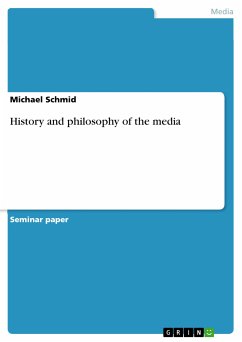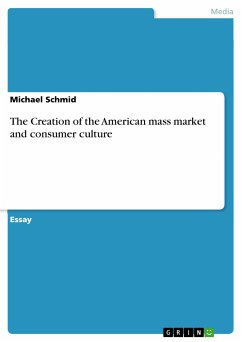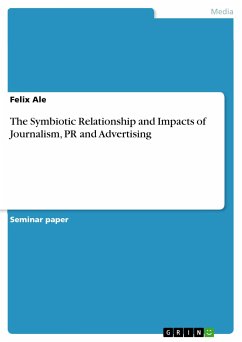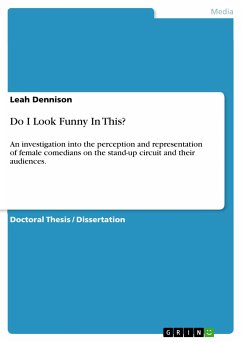Seminar paper from the year 2004 in the subject Communications - Journalism, Journalism Professions, grade: 1,7, Indiana University (School of Journalism), course: Journalism J650, language: English, abstract: “One can choose to study fish or one can choose to study the environment they swim in.” One of the reviewers for the recent book Elusive Consumption Eric J. Arnold summed up the two approaches of market research with his nice little illustration. He goes on to say “many traditional academic market researchers are like those who study the fish. Contributors to this volume [Elusive Consumption] are like those who opt to study the water. One can argue about which approach leads to catching more fish. My bet lies with those who explore the environment.” For him, it is evident that the only way one can come close to evaluating the interaction between consumers and market forces is by focusing on the “environment” the consumer finds himself in. That is exactly what the authors of the book Elusive Consumption found out after extended research. There are certainly critics who oppose this view and want to see more attention paid to the consumer and his habits and behavior. The interesting figure in this problem is the definition of this “environment” the consumer is situated in. This essay attempts to present some of these definitions of environment and theories of the relationship (if any) between consumer and market. What are the factors that come into play and influence consumer behavior and how has that question tried to be answered in the past. What role do advertisements play specifically in this context? The main argument of this paper is that there is no such thing as an overarching theory when it comes to identifying reasons for consumption just as there is no homogenous audience in relationship with the product being offered. In fact, this argument challenges the notion of a dual relationship between consumer and product, between message and receiver and supports more the idea of multiple factors that all come together in this highly complex interplay of decisions and reasons.
Bitte wählen Sie Ihr Anliegen aus.
Rechnungen
Retourenschein anfordern
Bestellstatus
Storno









